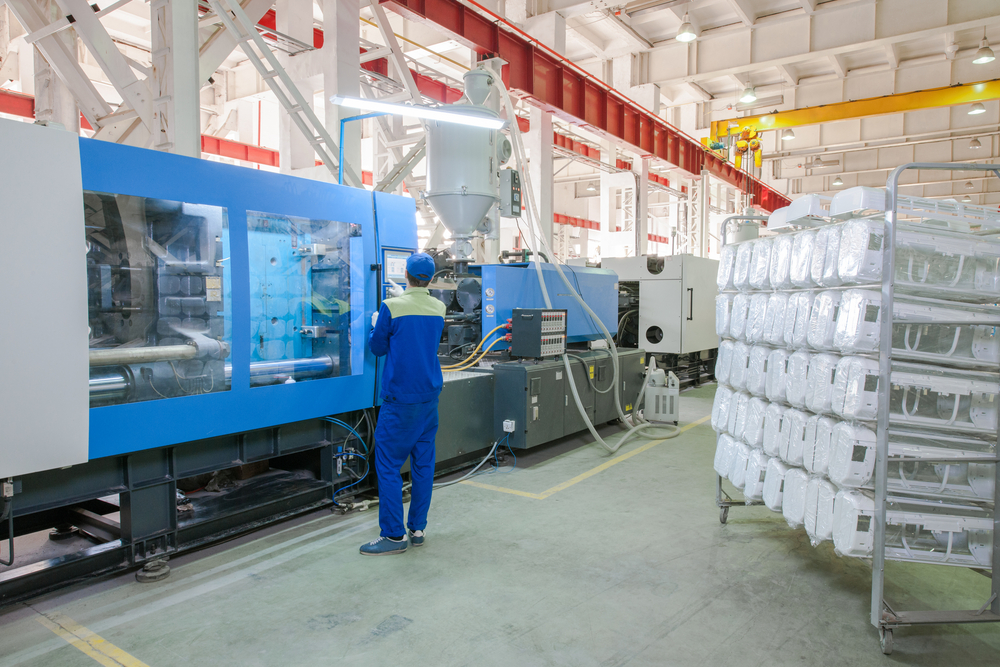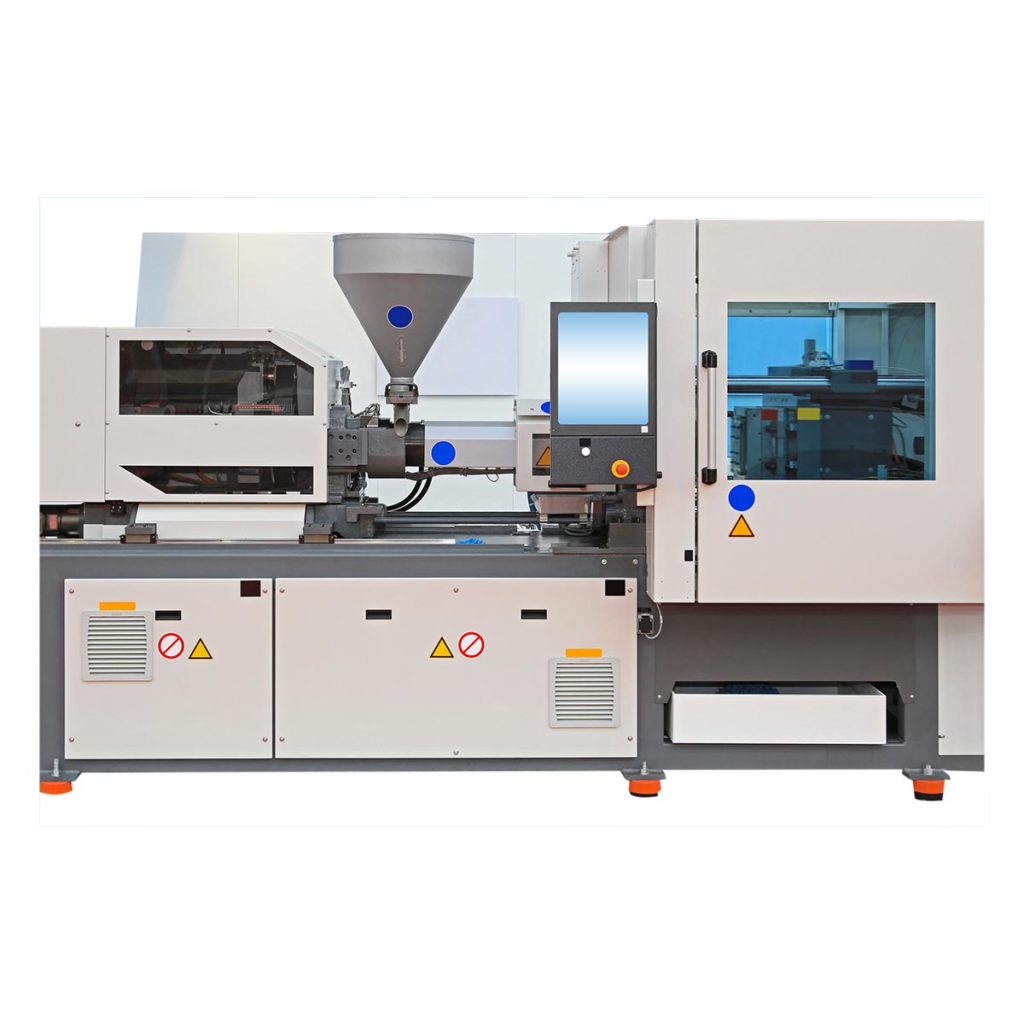The Future of Plastic Shot Molding: Advancements and trends to Enjoy
As the plastic injection molding market develops, a number of vital patterns are emerging that promise to improve its landscape. Automation and wise production methods are established to enhance efficiency, while the change towards sustainable products reflects an expanding environmental consciousness.
Automation and Smart Production
As the plastic shot molding market progresses, automation and clever production are taking center stage, changing production processes - Plastic Injection Molding. The integration of innovative innovations such as robotics, IoT (Web of Points), and expert system is enabling manufacturers to boost efficiency, lower functional expenses, and enhance product high quality. Automated systems streamline operations, minimizing manual intervention and increasing throughput, which is important in fulfilling the rising need for fast manufacturing cycles
Smart making innovations facilitate real-time monitoring and data analysis, allowing business to optimize maker efficiency and forecast upkeep demands. This proactive approach not just minimizes downtime yet likewise expands the life expectancy of equipment. Moreover, making use of joint robots, or cobots, boosts the adaptability of production lines, making it possible for workers and makers to run side-by-side securely and efficiently.
The fostering of automation in plastic shot molding is not just a pattern however a tactical essential for businesses intending to continue to be affordable in a global market. By taking advantage of these technologies, manufacturers can accomplish higher accuracy, decrease waste, and adapt promptly to transforming customer needs, placing themselves for sustainable development in a significantly automatic future.
Lasting Products and Practices
The push towards automation and clever manufacturing has actually led the way for a greater focus on sustainable materials and methods within the plastic injection molding industry. Companies are significantly seeking eco-friendly options to standard petroleum-based plastics, bring about the fostering of bio-based and recycled materials. These sustainable materials not just minimize environmental effect but also align with consumer demand for greener items.

Moreover, cooperation between makers, material providers, and ecological companies is fostering advancement in the advancement of sustainable materials that fulfill performance requirements without endangering quality. As laws around plastic usage come to be stricter, the sector is positioned to adjust by welcoming these lasting techniques, making certain lasting feasibility and minimizing reliance on non-renewable resources. The integration of sustainability right into plastic shot molding is not simply a pattern; it is becoming a vital component of corporate duty and functional excellence.
Advances in 3D Printing
Current innovations in 3D printing innovation are considerably transforming the landscape of plastic shot molding. The assimilation of additive manufacturing processes permits the fast prototyping of complicated geometries that were once tough or impossible to achieve via conventional methods - Plastic Injection Molding. This ability not only increases product growth cycles but additionally decreases product waste, lining up with the expanding demand for lasting manufacturing methods
Moreover, the introduction of hybrid manufacturing strategies, which integrate 3D printing and shot molding, offers makers the ability to produce detailed styles while keeping the efficiency of mass manufacturing. This strategy enables the manufacturing of tailored parts customized to particular client demands without compromising the speed and scalability that shot molding provides.
Furthermore, innovations in materials, such as high-performance polymers and composites especially designed for 3D printing, are improving the practical capacities of published components. These materials can stand up to better tension and display enhanced thermal residential or commercial properties, making them appropriate for even more requiring applications.
As 3D printing remains to advance, its integration into plastic injection molding processes guarantees to improve efficiency, lower prices, and foster innovation in product design, positioning producers to better satisfy the difficulties of a competitive market.
Data Analytics and IoT Combination
Data analytics and the combination of the Web of Things (IoT) are transforming plastic injection molding by offering producers with unmatched insights into their operations. By leveraging real-time information accumulated from interconnected equipments and sensing units, suppliers can check efficiency metrics, determine ineffectiveness, and enhance production procedures. This data-driven strategy promotes anticipating maintenance, reducing downtime and extending tools life-span.
Moreover, IoT combination enables boosted quality assurance. By constantly tracking variables such as cycle, temperature level, and pressure times, producers can swiftly identify variances from established criteria and make modifications in real time. This not just enhances item uniformity but additionally decreases waste and scrap prices.
The combination of data analytics company website and IoT modern technologies likewise encourages producers to take on more agile production strategies. With accessibility to extensive information analytics, organizations can react to market demands with better flexibility, readjusting production routines and arrangements as needed. This flexibility is important in a swiftly changing production landscape.

Modification and Design Adaptability
Just how can customization and design flexibility enhance the competitiveness of plastic injection molding? In an increasingly diverse market, the ability to offer tailored solutions is paramount. Customization allows manufacturers to meet specific customer demands, suiting one-of-a-kind measurements, forms, and performances that conventional products may not fulfill. This flexibility not just cultivates client loyalty but additionally opens up opportunities for new business possibilities throughout different sectors, from automotive to customer products.
Advancements in design innovations, such as computer-aided design (CAD) and fast prototyping, additional reinforce view publisher site this fad. These tools allow developers to create detailed patterns and intricate geometries, which can be seamlessly incorporated into the production process. Because of this, manufacturers can react promptly to transforming customer choices and market needs.
In addition, the execution of modular tooling systems enhances style adaptability, permitting quicker changes between different product styles without comprehensive downtime. This adaptability can bring about reduced preparations and reduced production expenses, making firms much more competitive and active. Inevitably, embracing personalization and layout flexibility in plastic injection blog here molding not just boosts product offerings but likewise reinforces market positioning in an ever-evolving landscape.
Conclusion
The future of plastic injection molding is defined by substantial advancements in automation, sustainable practices, and ingenious products. The assimilation of IoT and information analytics will certainly enhance operational efficiency and predictive maintenance. Moreover, the fostering of recycled and bio-based products, along with progression in 3D printing, will foster sustainability within the industry. Customization through modular tooling and rapid prototyping will enable manufacturers to remain competitive and receptive to the vibrant demands of the market.

The future of plastic injection molding is defined by substantial advancements in automation, sustainable methods, and cutting-edge products.
Comments on “The Function of Plastic Injection Molding in Producing Economical Industrial Parts”